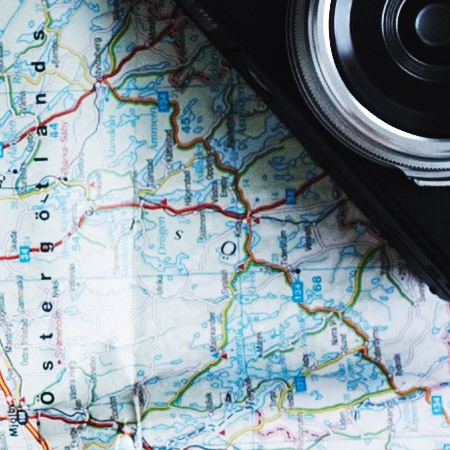To understand this topic, you must first ask what is the true image resolution. In particular, don't confuse it with the word "definition" because it doesn't equal to the exact same thing.
Basically, the definition of an image is the number of pixels in the image. You can find your information in the "Details" tab by right clicking on any image, then clicking Properties. In the Image row, you will see the height and width of the image in pixels (see photo below). For example, digital cameras are defined in megapixels.
This resolution is not the same thing. It is actually the pixel density of the image, not the number of pixels. The unit of measure used is the dpi of the printer (dots per inch = ink dots per inch) or the dpi (pixels per inch) of the image file.
Of course, if the resolution of the image is high, you will feel its quality. The resolution of the video is calculated in pixels such as the well-known 720p and 1080p. This is the number of pixels that make up the video image.
What are the benefits of high resolution?
Currently, there are five main resolutions on the market: 480p, 720p, 1080p, 2160p and 4320p. 480p is equivalent to a DVD movie on a CRT (720 pixels x 480 pixels). The 720p is HD (1280x720p), Full HD 1080p, above 2160p is 4K, 4320p inputs 8K. Following are 5 pictures from 480p to 4320p, it is obvious that we can see a great difference in each resolution.
480P

720P

1080P

4K

8K

For video surveillance
If you focus on the quality of your images, it is important to choose the maximum resolution of your CCTV camera. Obviously, if you install a CCTV to see the car's license number, you have to bring a camera with a high resolution. Nevertheless, it should not be limited to the performance of the camera! You shall also take the recorder into consideration.
In fact, if you put a 1080p IP camera on a 720p video recorder, you can see full HD live images. However, the resolution can only reach 720p during playback, which is the highest resolution recommended by this recorder.

